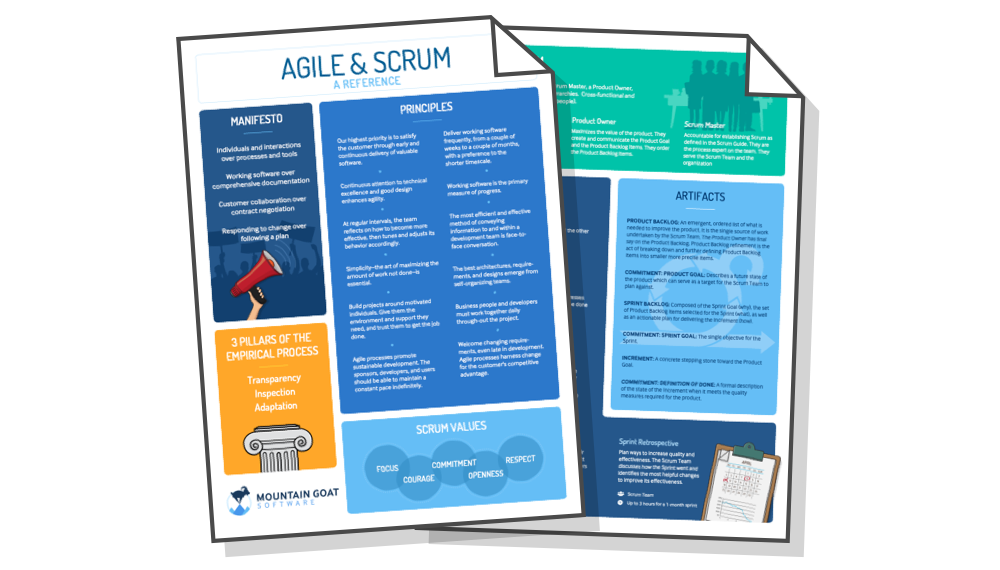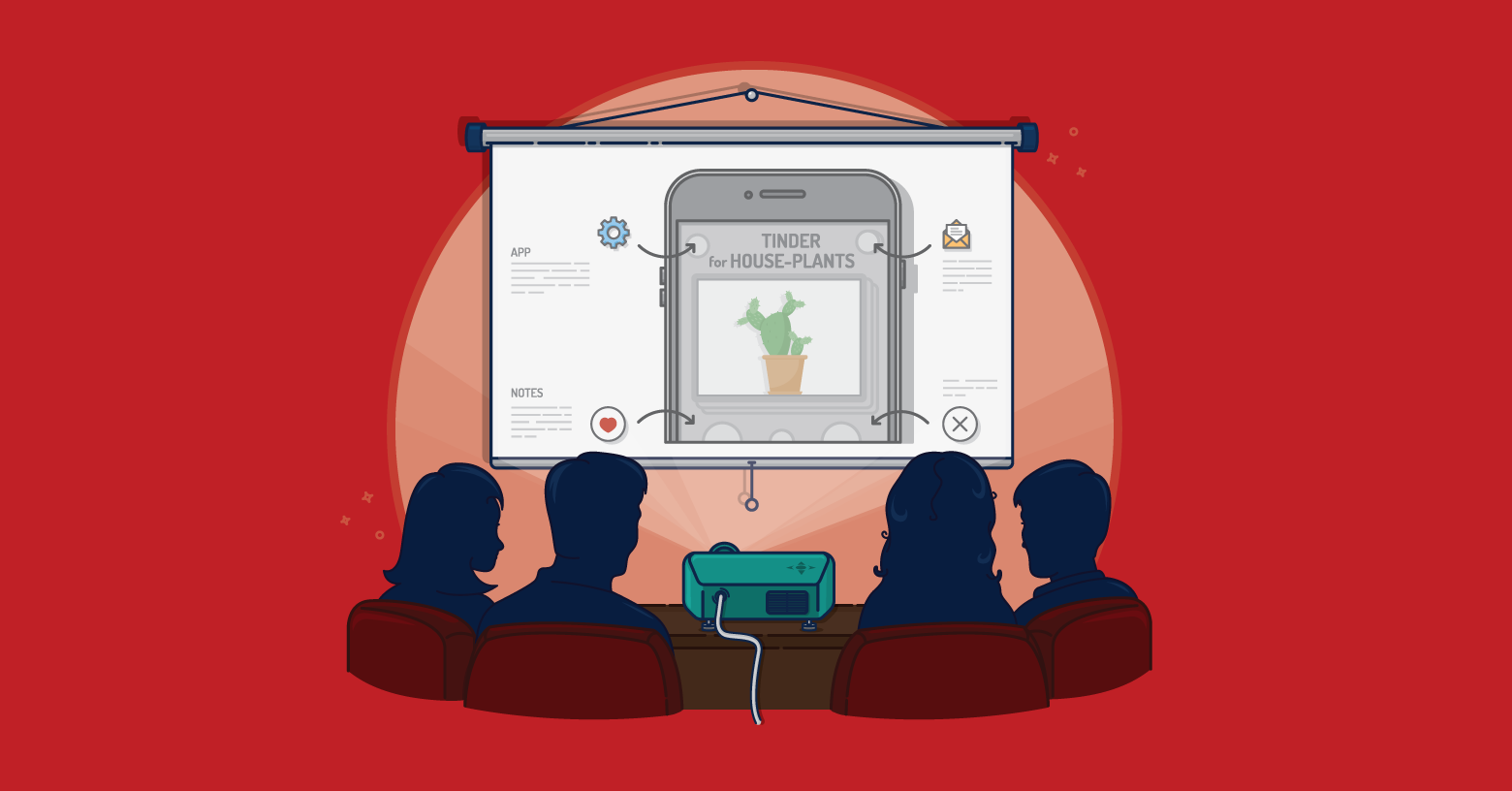It's May, and we're well into spring now. If you're like me, you haven't yet done your annual spring cleaning. But I'll do mine this week, if you promise to also do yours.
The type of spring cleaning I'm referring to is cleaning your product backlog. When not given sufficient attention, a product backlog can get messier than the shrubs I haven't trimmed the last three years. In this  post, I want to share four things a product owner can do as part of spring cleaning the product backlog.
post, I want to share four things a product owner can do as part of spring cleaning the product backlog.
First, the product owner should go through the product backlog looking for things to delete. Many product owners have a habit of adding to a product backlog but never removing from it features that are no longer wanted. If a feature is no longer wanted, it should be removed.
It’s tempting to leave these low-value features in the product backlog under the premise that we’ll get to them someday. If you feel you can’t truly delete items, find a way to archive them somewhere.
If you’re using software to manage your product backlog, it may have functionality for doing this. If you’re using a spreadsheet, copy the unwanted items out of the main spreadsheet and into one named, “Long Term Product Backlog.” That’s what I do. And, if you’re like me, you’ll feel good having saved them, but you’ll never look at them again.
My second spring cleaning tip is also about preventing the size of the product backlog from becoming unmanageable: Group related items. I’ve worked with product owners attempting to manage over 2,000 product backlog items. That’s too many.
I find a good upper limit to be in the range of 100 to 150 items. When a product backlog contains more than that, it becomes difficult to work with the product backlog. It’s harder to see relationships between items. It’s harder to remember if product backlog items already exist for a certain thing, so new items are created, increasing the frequency of duplicates.
Grouping related items together into what is called a “theme” makes it easier to mentally work with those items. So much so that I could group as one item toward my upper limit of 100 to 150.
With low-priority items removed, and related items grouped into themes, it’s time for my third tip for spring cleaning a product backlog: the Product Owner should check the priorities of the items on the product backlog.
An item’s position in the product backlog is based on four factors:
- How valuable the feature is
- How much learning will occur by doing the feature
- How much risk is addressed by doing the feature
- Changes in relative cost
With the product backlog now prioritized, my final suggestion for spring cleaning is to make sure the top items are ready for the team to work on. Each of the top product backlog items should be sufficiently thought through so that the team can work on them in the next sprint with a reasonable expectation of being able to finish them.
This doesn’t mean that each product backlog item is accompanied by a mini-spec detailing every issue or consideration around that item. It does mean, however, that the remaining open issues are ones that the team and product owner can quickly resolve during the sprint.
If delivering a top priority product backlog item requires three meetings of the “Stakeholder Steering Committee,” that item isn’t a good choice to be at the top of the product backlog.
So there you have it: Four tips for spring cleaning your product backlog. And, even though it’s cleaning, this type of cleaning sure beats cleaning out the garage.









The discussion here is closed but join us in the Agile Mentors Community to further discuss this topic.
Go to AgileMentors.com